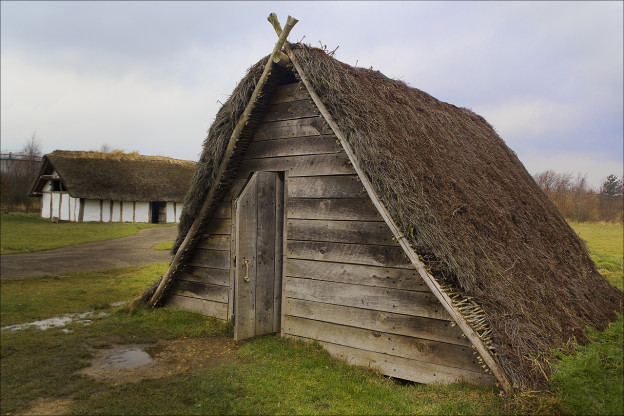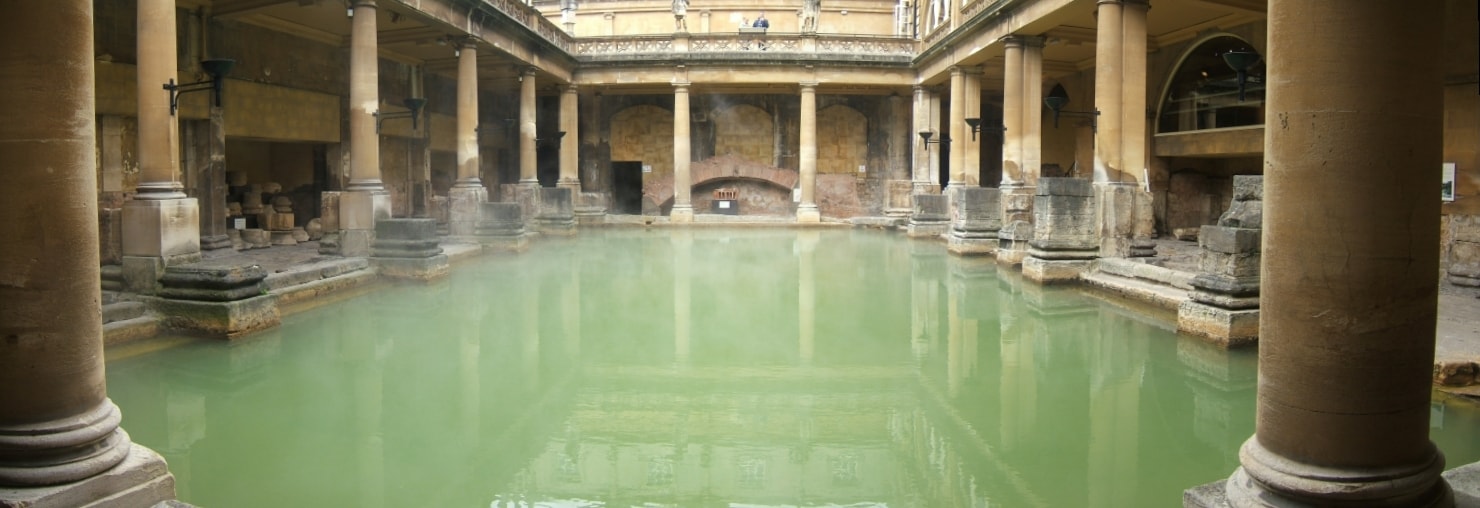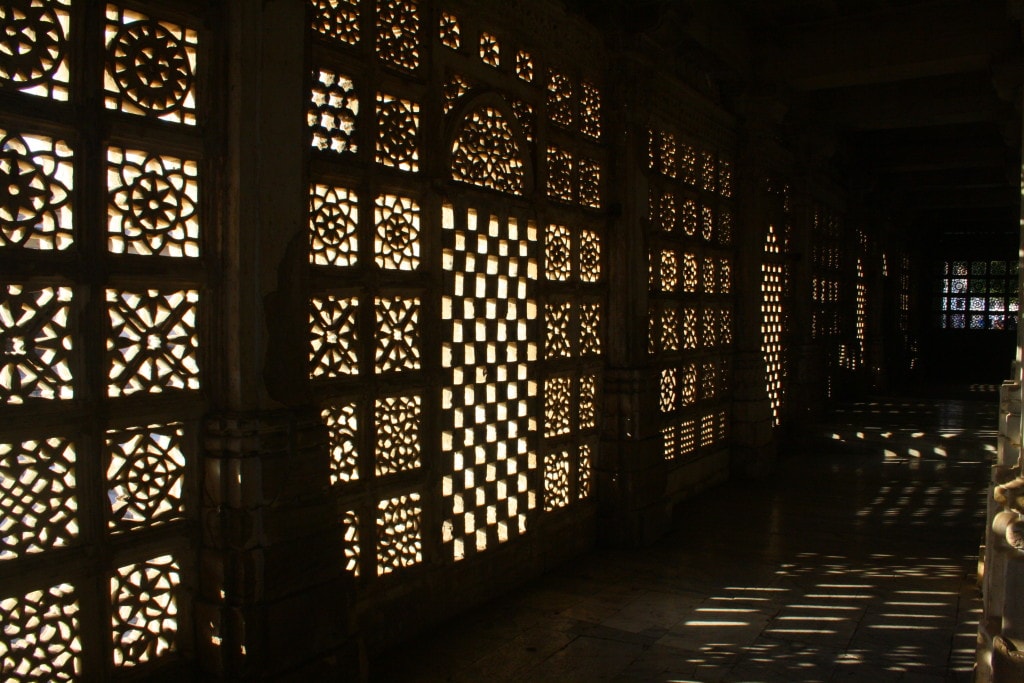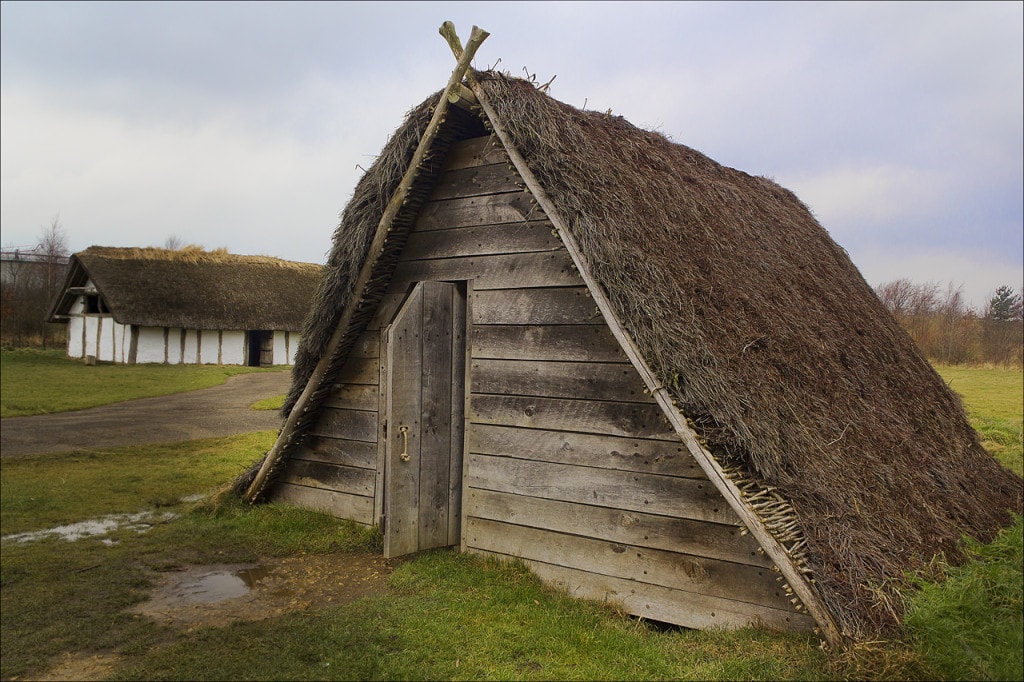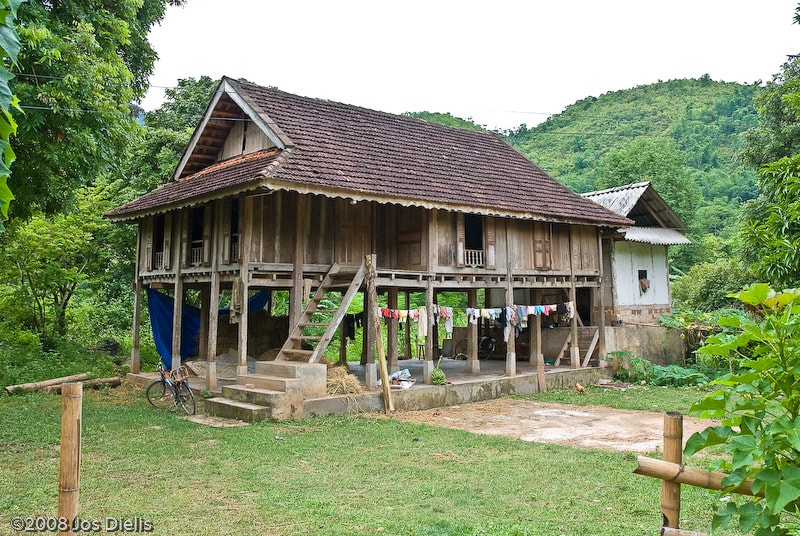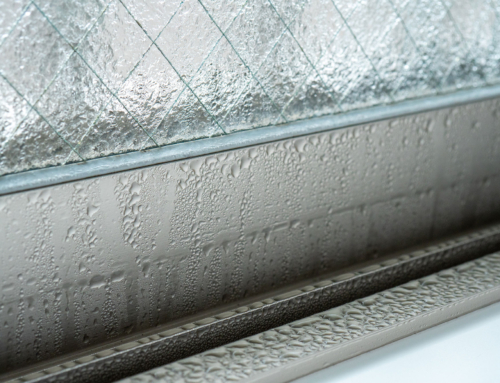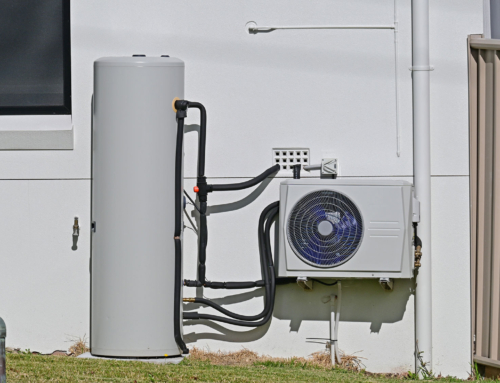The dog days of summer are technically over, but the summer heat doesn’t seem to be letting up anytime soon. If you’re like me, that means you’re still clinging ninja-style to every tiny sliver of shade you can find, and neglecting your social obligations in order to spend more quality time with your air conditioner.
Struggling to beat the heat is nothing new. But, believe it or not, there was a time before AC existed. A time when people couldn’t avoid the blistering summer sun by simply sprinting from their pleasantly chilled houses into the breezy embrace of their pre-cooled cars. A time when people had to get a bit more creative with their cooling methods. So how did our ancestors deal with the heat?
Bath Houses
By Binarysequence – Own work, CC BY-SA 4.0, https://commons.wikimedia.org/w/index.php?curid=50213711
In Ancient Rome, the bath house was an essential part of the community. It was a place where people gathered to discuss politics, play sports, and of course bathe. But bath houses also came with a major weapon against the sweltering Mediterranean sun: the frigidarium. The frigidarium was a large pool in Roman baths where Romans went to cool down off after a soak in the steaming hot water of the caldarium. Imported snow and ice from the Alps was used to keep the frigidarium nice and chilly, making it a highly desirable summertime destination for well-to-do Romans.
Double Protection
By Chaitra.sharad – Own work, CC BY-SA 3.0, https://commons.wikimedia.org/w/index.php?curid=21670389
In India many ancient buildings include a second outer wall known as a “jaali.” Often decorated with intricate cut-out designs, these perforated walls also protected against the heat by adding an extra buffer zone around the building’s exterior.
Going Underground
By dun_deagh – Flickr: Grubenhaus, Gearwe, Bede’s World, Jarrow, CC BY-SA 2.0, https://commons.wikimedia.org/w/index.php?curid=19551124
During the peak of the summer months, the ground gets so hot you can practically fry an egg on the sidewalk. But if you go just a little bit deeper, you’ll find a cool respite from the blazing heat. That’s because, while the exposed surface of the earth is vulnerable to the fluctuating seasons, the soil below maintains a more consistent temperature throughout the year, making it relatively cooler in the summer and warmer in the winter. That’s why so many of our ancestors—from the ancient Japanese to the Vikings to the native Americans—dug pit houses (also called ‘sunken houses’) to naturally regulate the temperature of their dwellings.
Moving Up
By Jos Dielis – originally posted to Flickr as Mai Chau, CC BY 2.0, https://commons.wikimedia.org/w/index.php?curid=4731769
When it came to avoiding the heat of the surface, some chose not to dig deeper but to look toward the sky instead. Most common in tropical areas and throughout much of India, houses on stilts have been a popular air conditioning solution for thousands of years. This method is desirable because it distances the home from the heat of the surface and also creates a breezy space below the structure where the family can gather and enjoy the shade.
So while you might not have the time, resources, or permits required to raise your house up off the ground and put it on a set of stilts, you can still use some of the concepts behind these ancient air conditioning techniques to cut down on your energy bill and develop more sustainable home cooling methods. Even something as simple as sealing up your doors and windows and making sure your walls are properly insulated will help cut down on your monthly energy expenditures. So take a tip from the ancients and stay cool this summer.
And if you aren’t into doing as the Romans do, call A-1 Guaranteed for HVAC expertise in the Solano, Napa and Contra Costa Counties!

